As we have discussed the different types of gears and their classifications and the gear terminology to start study more about the gears. The word “Gear train” defined as the one or more gears are meshed together to transmit the power between the driven and driven shafts. It is also called as the train of toothed wheels. In this article, we are going to discuss the different types of Gear Trains.

Types of Gear Trains
Following are the different types of gear trains based on the arrangement of the gear wheels.
- Simple Gear Train
- Compound Gear Train
- Reverted Gear Train
- Epicyclic Gear Train
Simple Gear Train
A simple gear train consists of only one gear on each shaft as shown in the below picture (A). The gear 1 is transmitting the motion to the gear 2 so the gear 1 called the driver and the gear 2 is called the driven or a follower.
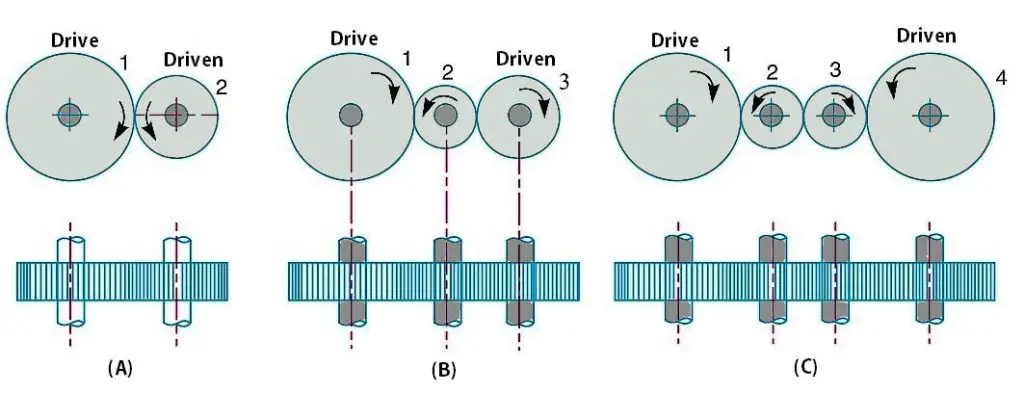
When the driving gear is driving the driven gear the rotational direction of the two gears will be opposite in direction. When the distance between the shafts is large, then we can introduce an intermediate gear in between called the idle gear as shown in the above picture (B) & (C).
But when we introduce intermediate gears, we can see that when the total number of gears is an odd number then we will get the driver and the driven gears will have same rotational directions if the number is even then it will be in opposite direction.
The number of teeth on the drive gear and the driven gear are used to calculate the transmission ratio (velocity).
For a simple gear train, we can calculate the speed ratio by the following formula.
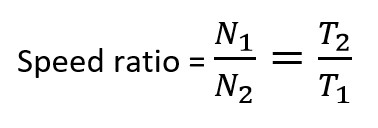
Where
- N1 = Speed of gear 1(or driver) in r.p.m
- N2 = Speed of gear 2 (or driven or follower) in r.p.m
- T1 = Number of teeth on gear 1
- T2 = Number of teeth on gear 2
If there are multiple number f gears in the gear train as shown in the above fig (B) for the simple gear train. following formula can be used

Compound Gear Train
In the above simple gear train, there will be only one gear on the shaft, if there are two gears on the same shaft then it will be the compound gear train. Following is the schematic representation of the compound gear train.
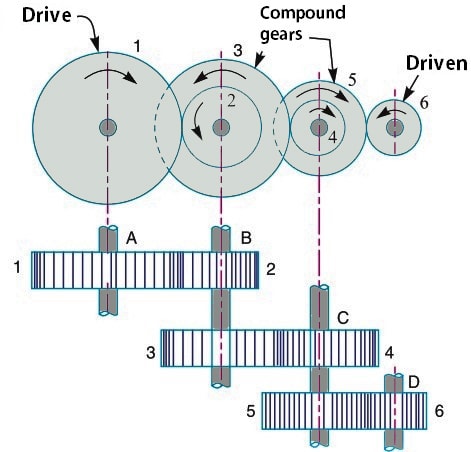
The compound gear train is used where the distance between the two shafts has to be bridged by the intermediate gears and to maintain the speed ratio.
In the compound gear train of gears, as shown in the above picture, the speed ratio can be calculated by the following formula.

Reverted Gear Train
A Reverted Gear Train is also quite similar to the compound gear train, but when the driveshaft and the driven shaft are co-axial then it is called as the Reverted Gear Train. Following is the schematic representation of the Reverted Gear Train.
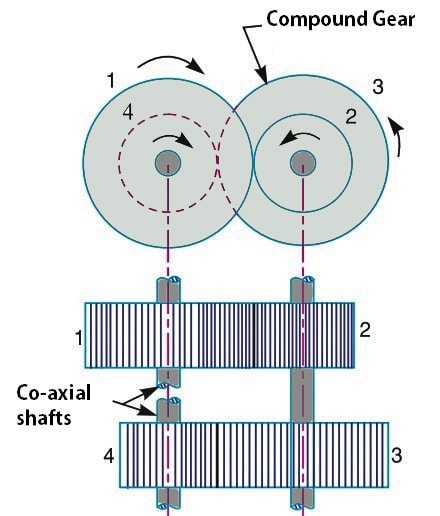
In the Reverted gear train the motion of the drive gear (first) and the driven gear (Last), are in the same direction. As you can see in the above picture.
In the Reverted Gear Train of gears, as shown in the above picture, the speed ratio can be calculated by the following formula.

Epicyclic Gear Train
When one shaft needs to be moved relative to the other shaft, then the application of the gears is possible. As you can see the schematic representation of an epicyclic gear train below.
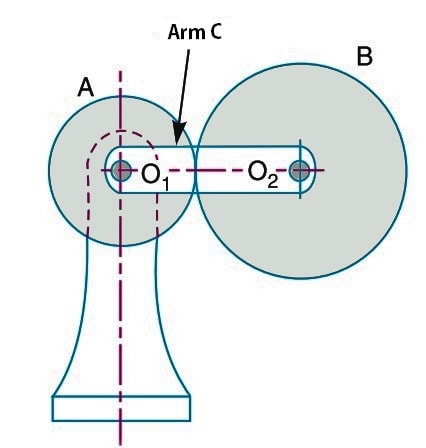
In the above epicyclic gear train, the Gear A is having the fixed shaft O1 and the gear B is having the shaft O2 which needs to be rotated relative to the shaft O1. So that the shaft O1 and shaft O2 will be connected by the arm C. So the rotating shaft will be on its path. Here the gear a can drive the gear or vice versa. There we will have the combination of these gears as shown in the below picture.
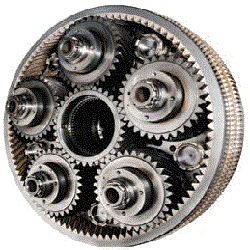
There is a centre gear called the sun gear, and the gears around this sun gears are called the planetary gears, and the outer ring with the internal gear toothing is called the ring Gear. Together it is called planetary gearbox or epicyclic gearbox. This type of gearbox has a huge scope in the automatic gear transmission industry such as automobiles.
Conclusion
We have discussed the different types of Gear Trains. If you have any further thoughts on this topic, let us know in the comment section below.

Thanks to this I understood all the concepts and it helped me immensely.
Welcome Sahil